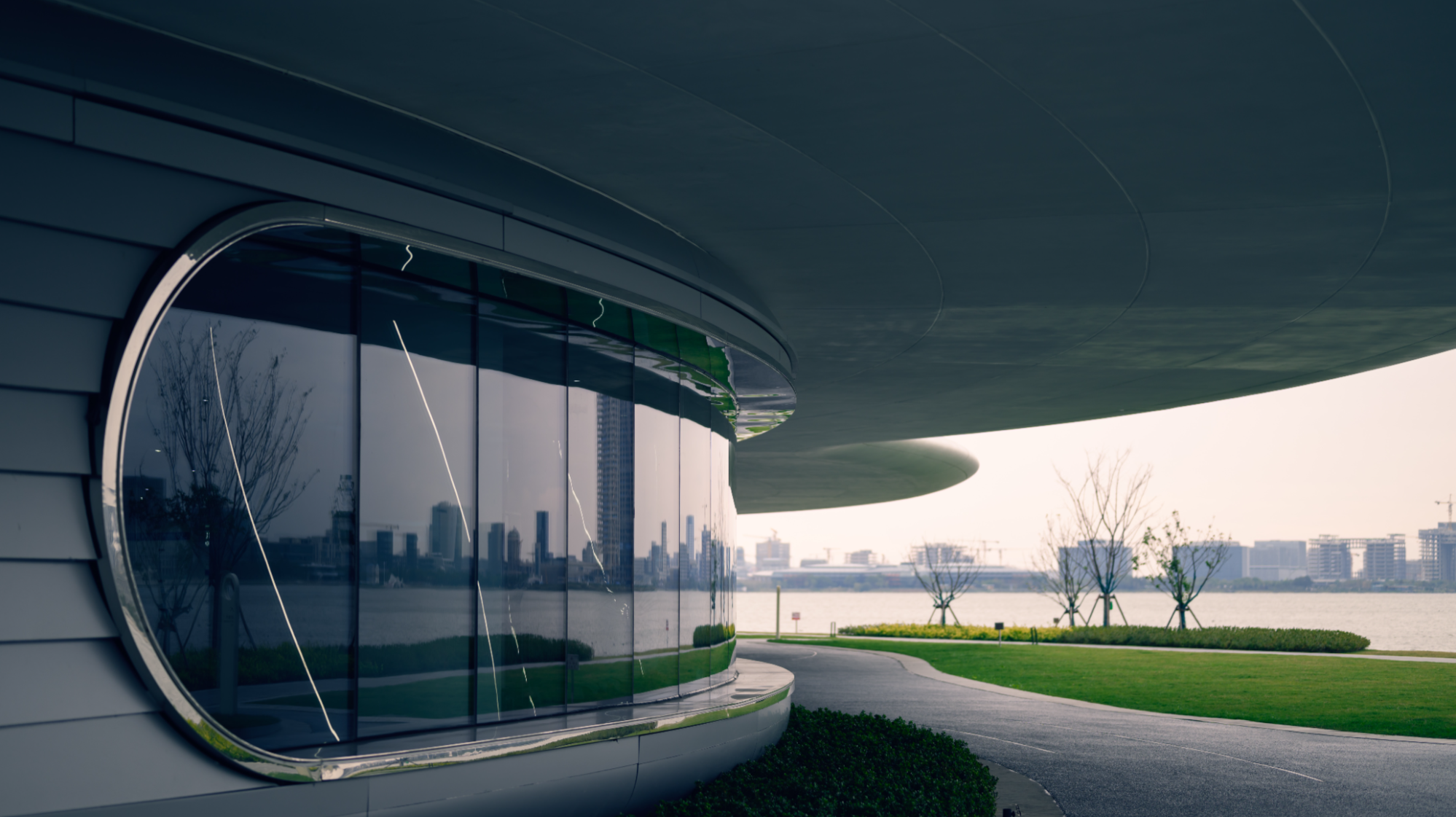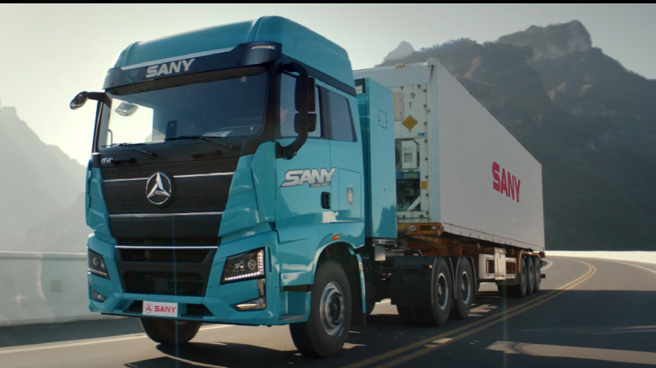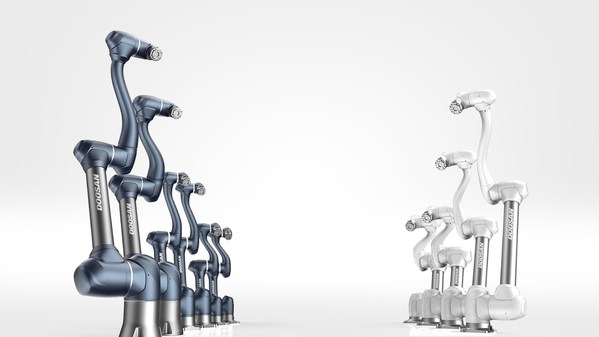Dive Brief:
- The U.S. energy storage market is moving towards longer discharge durations, especially in markets like California and Texas which are deploying record amounts of solar and wind, Marshall Chapin, chief commercial officer of zinc battery provider Eos Energy, told analysts during a company strategic outlook call Tuesday.
- Utilities are moving faster on these projects than in previous years, Chapin said. The Electric Reliability Council of Texas and California are both excellent markets for the company, and many of its installations today and its pipeline are represented in those areas, he added.
- For any new, longer-duration energy storage technology trying to compete in the market, the key challenge to scaling up will come down to proving out the economics, Marlene Motyka, Deloitte’s US Renewable Energy leader, said. “We are seeing a lot of different kinds of technologies being added to the grid — but how do those economics compare?” she said.
More than half of Eos’ $12.9 billion project pipeline comes from proposals delivered in 2023, an uptick in volume driven by passage of the Inflation Reduction Act, Chapin said. Because the projects are getting bigger, and thanks in part to complexities with the project development market and grid interconnection queues, around 60% of these projects are slated to come online in 2026 and beyond.
“The great news here is we still have $5 billion in 2024 and 2025 COD projects, which should allow us to grow the company in the near term,” he said.
This September, Eos was granted an up to $398.6 million conditional loan guarantee from the Department of Energy to support the expansion of a manufacturing plant for its zinc-powered energy storage systems. The company is aiming to manufacture 8 GWh worth of systems every year by 2026 at the plant, which is in Turtle Creek, Pennsylvania, in an initiative called Project AMAZE.
Its Z3 battery — which has discharge durations of three to 12 hours — is made using predominantly domestic components, meaning it can access the 10% 45X advanced manufacturing direct pay tax credits included in the Inflation Reduction Act.
The company has seen an increase in customer engagement after the conditional loan guarantee announcement and Z3 product launch, Chapin said on the call. The DOE loan guarantee was the result of a rigorous, two-and-a-half year due diligence process, which along with the product launch “act as important validations of our technology and our business,” Chapin added.
Eos’ project pipeline is up $1.3 billion from the last quarter and about half of the pipeline was refreshed this year, at higher prices, with utility customers bringing in larger projects and longer durations, he said.
Record-breaking deployments of wind and solar in the U.S. are creating a need for large, long-duration energy storage so that they can perform like baseload resources and compete with traditional fossil fuels, Chapin said. Projects over 1 GWh now represent $8.7 billion — or two-thirds — of the company’s total pipeline.
And then there’s the pivot to longer-duration storage, driven by the deployment of large amounts of renewables and the “duck curve” in regions like Texas and California, where load drops down during the day when renewables are being generated, and then shoots back up in the evening hours as renewable energy production declines. In California, this effect is so extreme it’s been renamed the “canyon curve,” Chapin said.
“[S]ixty-four percent of our pipeline today is made up of projects with durations over six hours, where the market historically has been focused on two- to four-hour durations,” Chapin said.
Deloitte’s Motyka agreed that the energy storage market is moving towards longer durations and larger projects. In terms of the economics of new energy storage technologies, “I think we’ll continue to see them scale as they become more economic,” she said.
Even if some of these projects are more expensive on a dollar-per-megawatt basis now, “when you look at the project economics over the operating life, they still pencil out as a good deployment opportunity,” she said.
 Pages you might like
Pages you might like








 Latest information
Latest information
 Follow official account
Follow official account
 Online support
Online support
 鄂ICP备2022017323号
鄂ICP备2022017323号
 鄂公网安备 42018502006493
鄂公网安备 42018502006493
 Launch Exhibition
Launch Exhibition
 Release information
Release information



 Today's topic
Today's topic








